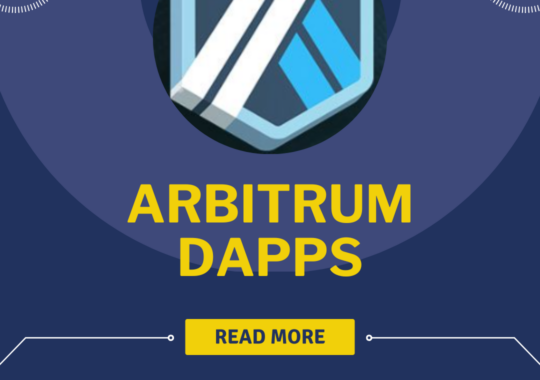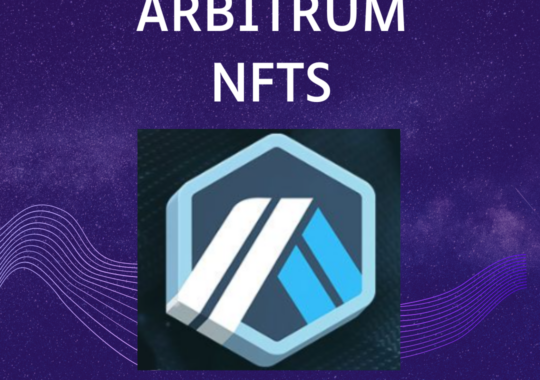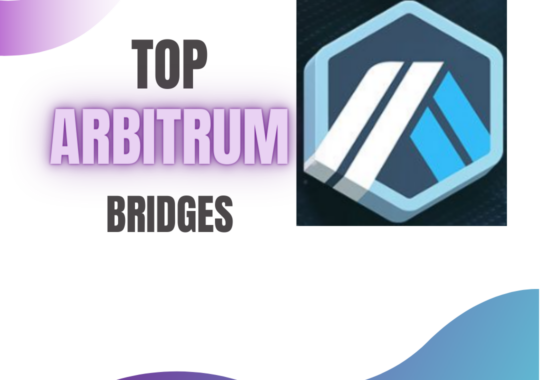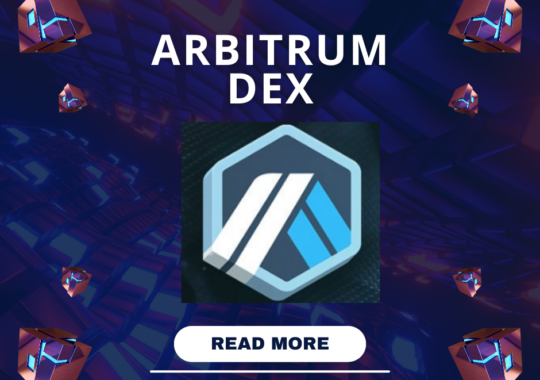Cryptocurrencies continue to evolve rapidly, introducing novel concepts and technologies. Among these innovations, Decentralized Physical Infrastructure Networks (DePINs) have garnered significant attention. This article aims to delve into the intricacies of DePINs and present a list of the top 10 DePIN cryptocurrencies to monitor in 2024.
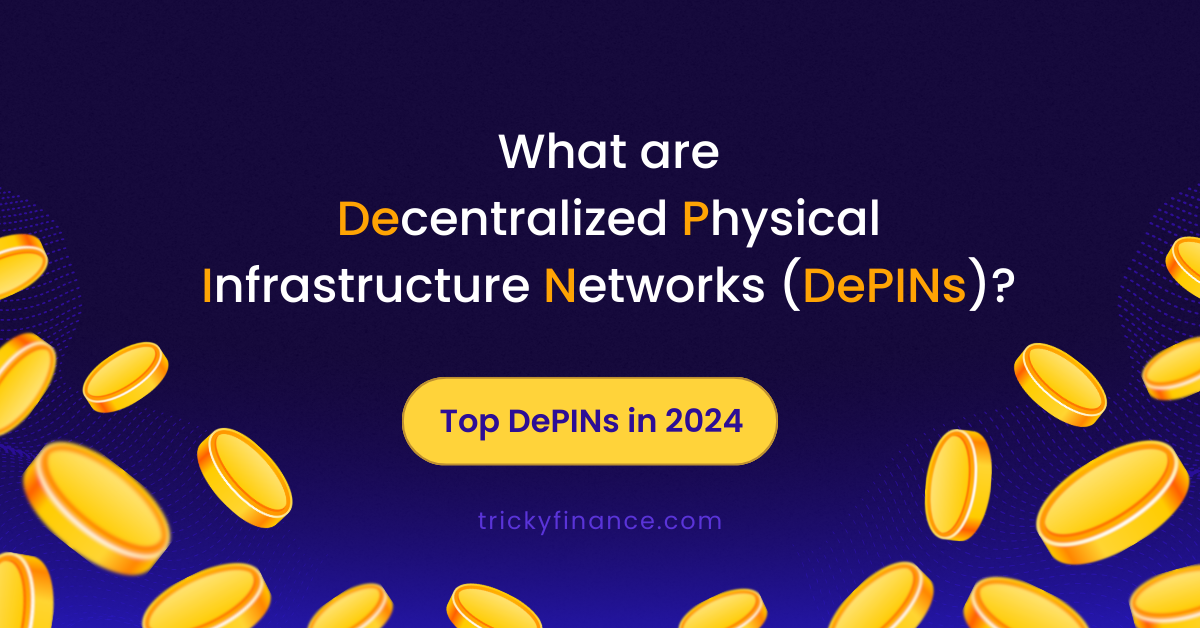
Understanding DePINs
DePINs entail the application of blockchain technology and decentralization principles to physical infrastructure and systems. They facilitate autonomous, real-time interactions within physical infrastructures through technologies such as smart contracts and the Internet of Things (IoT). This enhances system responsiveness and adaptability to human demands while leveraging blockchain to bolster security, efficiency, and transparency in physical systems like renewable energy grids and supply chain operations.
The core elements of DePINs encompass:
- Physical Resource Networks: These networks harness location-based resources like sensors, energy, and wireless infrastructure.
- Digital Resource Networks: These networks utilize resources such as computing power and data storage.
DePIN networks stand in contrast to centralized infrastructure models prevalent in sectors like utilities, telecommunications, and cloud data storage. By tapping into underutilized physical resources through voluntary coordination, DePINs aim to unlock substantial unused capacity.
How DePIN Operates
DePIN initiatives typically commence by establishing native tokens that incentivize node operators to provide access to idle storage space, bandwidth, sensors, and other physical resources. Users, in turn, utilize these tokens to access services offered through the decentralized network. The overarching objective is to stimulate both supply and demand, fostering economies of scale that render the decentralized network self-sustaining over time.
Top 10 DePIN Cryptocurrencies in 2024
1. eTukTuk
2. Filecoin
Filecoin endeavors to democratize the cloud storage industry via blockchain decentralization. Filecoin is a decentralized storage system focused on securely storing essential data. It launched its mainnet in October 2020 after raising $205 million in a 2017 ICO. Integrated with the Interplanetary File System (IPFS), users pay for services using FIL tokens. Participants engage in storage deals using FIL, ensuring security through proof mechanisms. It enables developers to create cloud storage services similar to Dropbox. Key features include decentralization, use of FIL for transactions, efficient storage, open-source nature, and community governance.
3. Render
RNDR, or RenderToken, operates on the Ethereum blockchain as a utility token aiming to connect artists and studios with GPU compute power providers. Conceived in 2009 by OTOY, Inc. CEO Jules Urbach, RNDR was launched in 2017 to facilitate GPU rendering for creative professionals. Artists use RNDR tokens to exchange for GPU compute power from providers, with rendering verified through proof mechanisms. Rendered assets are watermarked until payment, ensuring security. The token had its first public sale in October 2017 and launched publicly in April 2020. RNDR boasts an advisory board including industry leaders like Ari Emanuel, JJ Abrams, and Brendan Eich. With a current price of approximately $7.89 USD, RNDR bridges the gap between cryptocurrency communities and Hollywood studios.
4. Theta Network
Theta Network revolutionizes video, AI, and entertainment services by combining blockchain and edge computing. Its dual structure includes Theta Blockchain for payments and smart contracts and Theta Edge Network for decentralized media storage and delivery. By leveraging peer-to-peer networks, Theta reduces operational costs for video streaming and enables high-bandwidth content delivery across various platforms. Key features include efficient video infrastructure, scalable blockchain solutions, secure content monetization with NFTs, and a global network for resource sharing and rewards. Enterprise validators ensure network integrity.
5. Siacoin
Siacoin offers a secure and trustless method for storing photos online. Siacoin (SC) is the native utility token of Sia, a decentralized cloud storage platform. Users pay for storage space using Siacoins, while hosts receive them for storing data. Founded by David Vorick and Luke Champine, Sia launched in June 2015 and operates with smart contracts to ensure secure transactions. Its decentralization and competitive rates aim to challenge centralized storage providers. With a long-term goal of becoming the internet’s storage backbone, Siacoin is currently priced at approximately $0.0095 per coin, with a total supply of 56,530,875,000 SC.
6. Helium
Helium (HNT) is a blockchain-powered network tailored for Internet of Things (IoT) devices, serving as its native cryptocurrency. Launched in July 2019, the Helium mainnet enables communication among low-powered wireless devices via a network of nodes called Hotspots, which combine wireless gateways with blockchain mining capabilities. Co-founded by Amir Haleem, Shawn Fanning, and Sean Carey, Helium aims to decentralize IoT communication and enhance network coverage. Noteworthy features include Hotspots for network coverage and HNT mining, Proof-of-Coverage consensus algorithm, and Data Credits for transaction fees. With a maximum supply of 223 million HNT and a current price of approximately $8.55 USD, Helium revolutionizes IoT communication, offering efficiency, decentralization, and rewards for participants.
7. Fetch.ai
Fetch.ai is an open platform empowering developers to create AI applications and services. At its core are AI agents, autonomous entities that make decisions for individuals, companies, and devices. The DeltaV platform facilitates the integration of AI capabilities into existing systems without API changes. Fetch.ai’s technology finds application in supply chain optimization, data trading, and automating tasks like booking parking or flights. Partnering with entities like Ocean Protocol and peaq, Fetch.ai fosters innovation in a user-friendly development environment. It aims to pioneer a decentralized digital economy by combining AI, Web3, and open-source technologies, creating a space for shared knowledge and industrial applications.
8. Powerledger
Powerledger (POWR) is a technology company specializing in software for decentralized energy markets. Their blockchain-based platform enables tracking and trading of energy and environmental commodities, aiming to create a modernized, market-driven grid. Operating on two blockchain layers, POWR token (ERC-20) serves as a license for platform access, while the Powerledger Blockchain (Solana) processes energy transactions. Co-founded by Dr. Jemma Green and John Bulich in 2016, Powerledger has gained recognition, with Dr. Green winning awards like the EY Fintech Entrepreneur of the Year. The current Powerledger price is approximately $0.38 USD, with a market cap of around $193 million USD.
9. Chia
Chia’s energy-efficient approach diverges from traditional Proof of Work (PoW) blockchains by utilizing unused hard drive space instead of extensive computational power, significantly reducing energy consumption. Decentralized Physical Infrastructure Networks (DePIN) merge blockchain with tangible assets like sensors and network routers, promoting network resilience and community involvement. DePIN’s core comprises physical infrastructure, middleware facilitating communication, and a blockchain overseeing transactions and rewarding providers. Chia’s role in DePIN lies in providing an energy-efficient blockchain platform through its unique consensus mechanism. DePINs represent a transformative paradigm by integrating blockchain with real-world assets and technologies, promising innovation in infrastructure development and IoT solutions.
10. Arweave
Arweave is a decentralized storage network hosting the “PermaWeb,” a permanent, community-driven web preserving information across time. It utilizes “blockweave” technology, linking each block to previous ones to incentivize miners for data storage. Its native cryptocurrency, AR, rewards miners for storing network data indefinitely, with a current price of approximately $26.92 USD. Founded by Sam Williams and William Jones, Arweave’s vision is to create a decentralized storage solution ensuring collective access to information. Initially led centrally, Arweave transitioned to a decentralized autonomous organization (DAO) in January 2020, where core community members contribute to network development.
Conclusion
The emergence of DePINs signifies a significant milestone in the evolution of cryptocurrencies. These networks not only harness blockchain technology but also offer practical solutions to real-world challenges. The aforementioned top 10 DePIN cryptocurrencies represent just a fraction of the potential inherent in DePINs. However, as with any investment, it’s crucial to recognize the associated risks and invest only what one can afford to lose. Conducting thorough research before making investment decisions is imperative.
The realm of DePINs remains in its infancy, and its trajectory holds immense promise. As we progress, DePINs could potentially revolutionize various sectors, including energy and supply chain management, fostering a more efficient, secure, and transparent world.
Princy Agarwal, a postgraduate in English from Delhi University, writes content for Tricky Finance, where they simplify complex financial topics for readers. With a knack for clear communication, Princy’s work helps make finance understandable and accessible to all.
